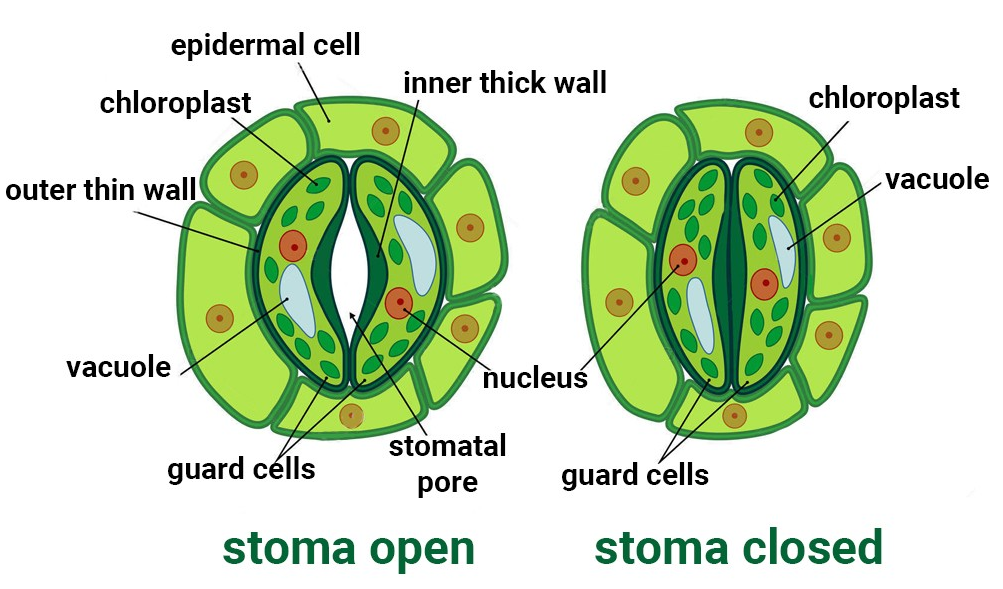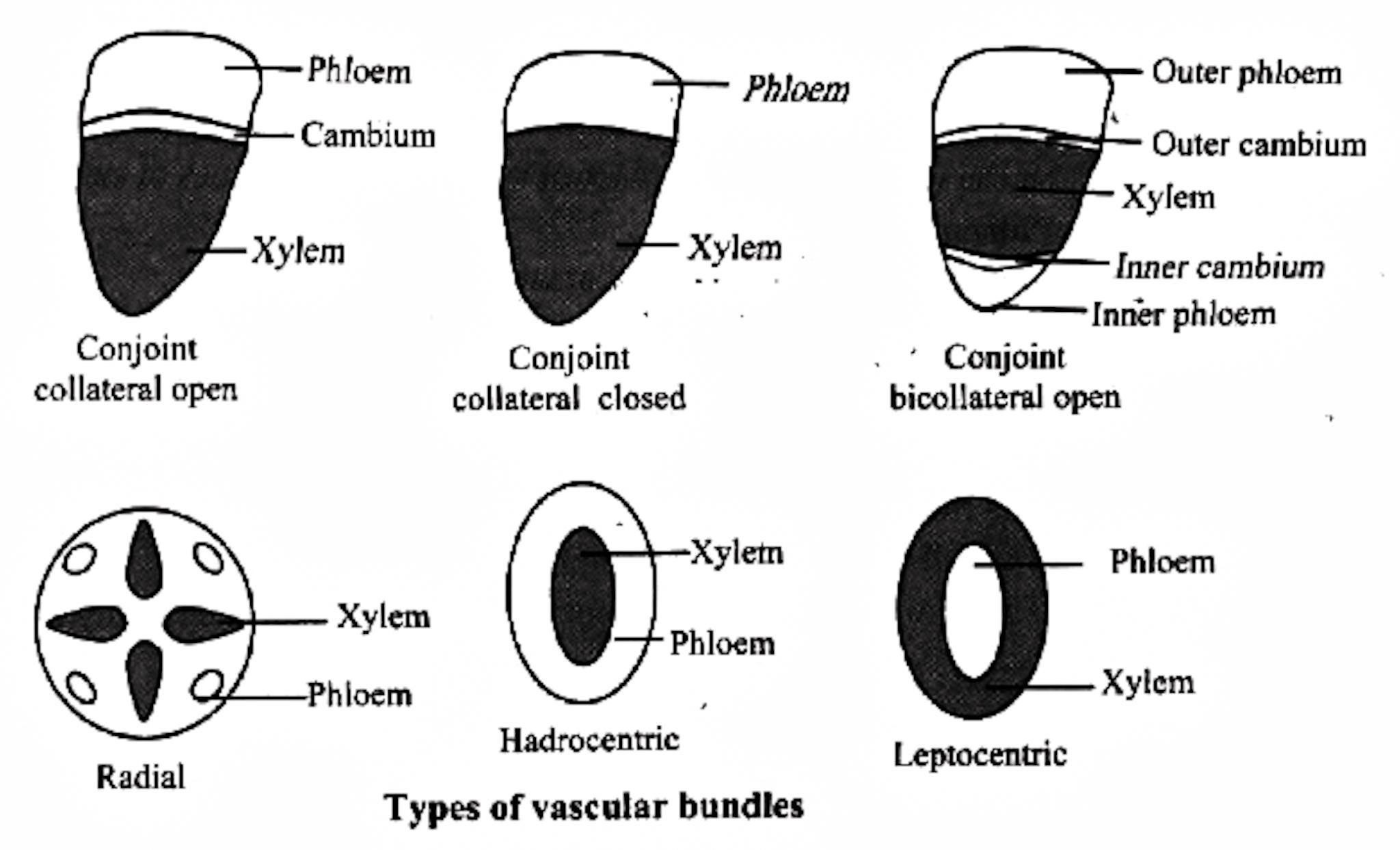Biology Notes for Chapter 6 Anatomy of Flowering Plants Class 11 - FREE PDF Download
FAQs on Anatomy of Flowering Plants Class 11 Biology Chapter 6 CBSE Notes - 2025-26
1. How can I use these notes for a quick revision of the Anatomy of Flowering Plants chapter?
These notes are structured for efficient revision. They condense key concepts into easy-to-digest points, diagrams, and summaries. For a fast review, focus on the highlighted terms and flowcharts to quickly recall the main topics before an exam.
2. What are the most important concepts to focus on in these revision notes for Class 11 Biology, Chapter 6?
When using these notes for revision, you should pay special attention to the following key areas:
- The structure and types of meristematic and permanent tissues.
- Key differences between dicot and monocot anatomy (root, stem, and leaf).
- The complete process of secondary growth.
- The components and functions of the vascular bundles, specifically xylem and phloem.
3. How do these notes help in remembering the differences between dicot and monocot anatomy?
The notes provide clear, side-by-side comparisons, often using tables and labelled diagrams. This format helps you quickly see and remember the distinct features of dicot and monocot roots, stems, and leaves, which is a frequently asked topic in exams.
4. Is the topic of secondary growth simplified in these revision notes?
Yes, complex topics like secondary growth are broken down into simple, sequential steps. The notes clearly explain the roles of the vascular cambium and cork cambium, making it easier to understand how a plant stem increases in girth.
5. Why is it helpful to revise the different tissue systems together?
Revising the three tissue systems (epidermal, ground, and vascular) provides a complete framework for the chapter. It helps you understand how various tissues are organised and function together in a plant, making your revision more logical and less about memorising isolated facts.
6. How can I use these notes to avoid confusing xylem and phloem during revision?
The notes clearly list the distinct components and functions of each tissue. To avoid confusion, focus on the summary points that compare xylem (transports water and minerals) with phloem (transports food). This direct comparison is an effective revision technique.
7. How do the diagrams in these notes aid in exam preparation?
The diagrams offer a visual summary of complex structures, such as the cross-section of a root or a leaf. Revising with these diagrams enhances memory retention and is essential for answering questions that require drawing or labelling, which often carry significant marks.
8. Are these Class 11 Biology revision notes updated for the current academic session?
Yes, these notes are fully aligned with the CBSE syllabus for the 2025-26 academic year. They cover all the necessary topics from the Anatomy of Flowering Plants chapter, ensuring your revision is complete and relevant to your exams.































